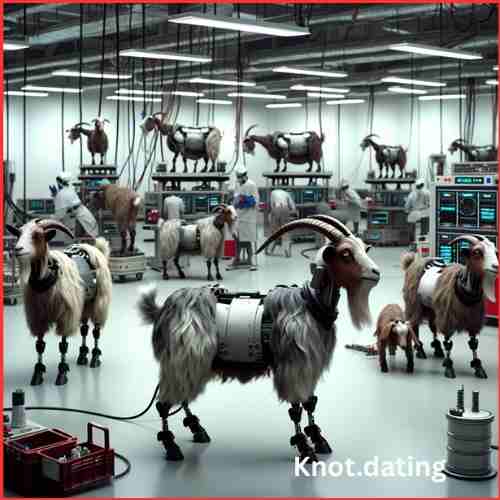According to NITI Aayog, India currently has 7.7 million gig workers, with a projected increase to 23.5 million by 2029-30. The rise of companies like Ola, Zomato, BigBasket, and other quick-commerce companies has given rise to this new category of formal workers.
Apart from attracting billions of dollars in capital and solving complex problems in novel ways, Indian start-ups have created a new type of gig economy. In a country with nearly 500 million people but a largely unskilled workforce, the rise of companies like Ola, Zomato, BigBasket, and other quick-commerce firms has given rise to this new category of formal workers. “Startups are creating a workforce that will be India’s competitive advantage in the future. “We don’t have all the answers yet on how to leverage this workforce and what opportunities it can create for India 10-20 years from now,” says Matrix Partners’ India MD, Rajinder Balaraman.
While studies show that VC-funded start-ups contribute significantly to GDP from day one, their contribution to employment comes later, according to Ventureast Founder and Managing Partner Sarath Naru: “Beyond the first 5-10 years of their life, start-ups start creating a large number of jobs at a lower level, which is needed.” According to NITI Aayog, India currently has 7.7 million gig workers, with a projected increase to 23.5 million by 2029-30. According to a recent report by consulting firm BCG, India’s gig workforce in the non-farm economy will grow to 90 million in the long run.
They are also expected to have a significant impact on India’s transition to an organized market. Even in infrastructure-heavy capital-asset businesses like mining, start-ups have accomplished this feat.
According to Samir Sheth, Partner & Head-Deal Advisory Services, BDO India, the ripple effect of new start-ups from outside the metros, such as Bihar’s agritech start-up DeHaat, will be felt across the country. “In these locations, talent and real estate costs are more competitive, making the ventures more cost-effective.” Balaraman sees this as access redistribution. “Many of our investments are now focusing on the next 50-100 million digital consumers as well. That access leads to opportunity, which leads to wealth.”
But before start-ups can take on the starring role being written for them in India’s journey of growing into a $5-trillion economy and beyond, investors say they must learn to turn profitable quickly as early-stage capital is limited. In the decade since the boom kick-started it all, the world’s third-largest start-up ecosystem is home to 100-odd unicorns. A cumulative $180 billion start-up funding will have flown in by 2023. But there are just 20-30 great examples of profitable start-ups. Says Reddy: “The appetite for funding a futuristic dream without any sustainability is limited. The setback in the current market is a signal of that.”















